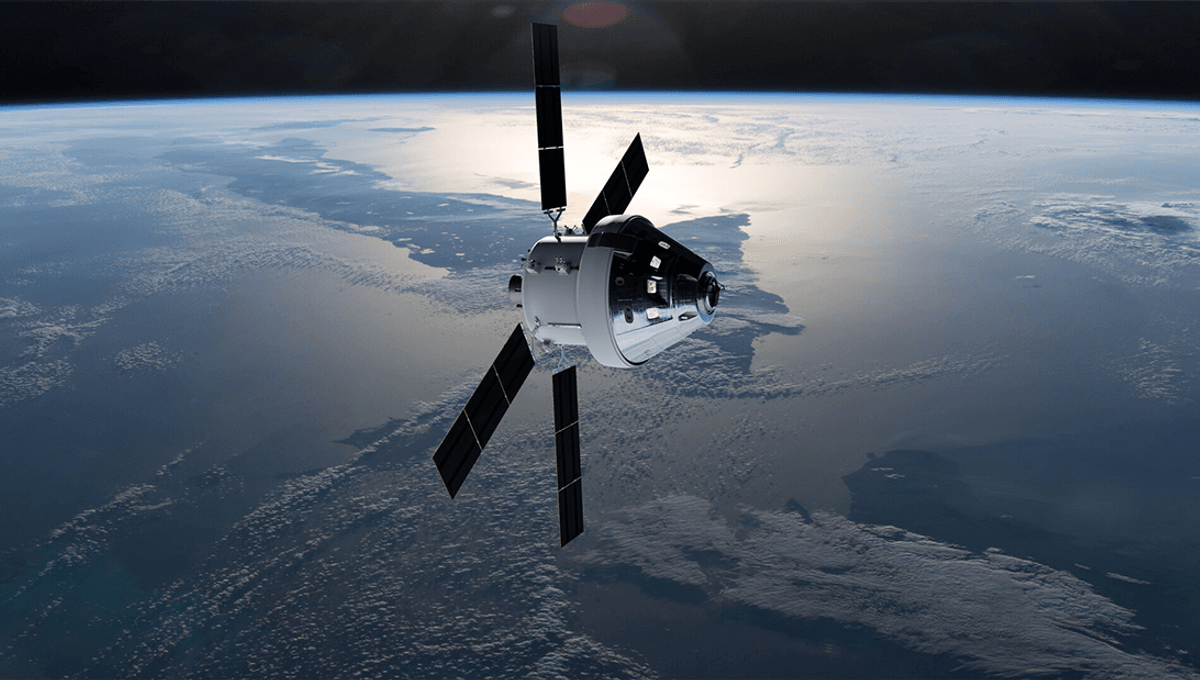
NASA has announced its schedule for the second stage of the Artemis missions, returning humans to the Moon, and it’s earlier than expected.
In a press conference yesterday, NASA officials gave an update on Artemis II, the second stage in the space agency’s project to land humans on the lunar surface. In the update, they outlined key details of the mission, which will take place in early 2026, assuming all things go to plan.
Artemis I tested the Orion spacecraft and the Space Launch System (SLS) rocket. Artemis II is a little more exciting and will send four astronauts – including the first woman – around the Moon, the first time we have done this since Apollo 17 in December 1972.
“We together have a front-row seat to history,” Lakiesha Hawkins, Artemis II Mission Manager at NASA’s Kennedy Space Center, said in the conference. “We’re returning to the moon after over 50 years.”
NASA has set potential launch windows for the 10-day mission. The first could see the Orion spacecraft take off on February 5, 2026, with plans for it to launch no later than April 26 of the same year. The launch will see NASA’s Reid Wiseman, Victor Glover, Christina Koch, and Canadian astronaut Jeremy Hansen break records as they travel 9,260 kilometers (5,000 nautical miles) past the Moon.
“This is going to be a free-return trajectory,” Hawkins explained. “We are going to set the course when we do the translunar injection burn on day two to use physics—the Earth and the Moon’s gravity—to make sure that we can return the crew without having to make major course-correction propulsion burns.”
This technique has been used before, notably on the Apollo 8 and Apollo 16 missions.
“We go from launch and then the boosters, of course, which provide about 75% of the thrust that we need in order to be able to get the spacecraft a lot higher. Once we do that, then […] the RS-25 engines burn. Then we are going to jettison the boosters as well as the launch abort systems. Once we get through main engine cutoff, then we are going to do the perigee-raising burn, and then we are going to demonstrate a rendezvous proximity operations demonstration.”
The 10-day mission will end with a high-speed return to Earth.
“The crew will endure the high-speed, high-temperature reentry through Earth’s atmosphere before splashing down in the Pacific Ocean off the coast of San Diego, where they will be met by a recovery team of NASA and Department of Defense personnel who will bring them back to shore,” NASA explains.
During the conference, NASA reiterated that safety was the number one priority for the flight. Artemis II was originally scheduled for this year, but NASA pushed it to next year after the Orion capsule’s heat shield was damaged more than expected in reentry in 2022.
“The agency has made a commitment to launch no later than April of ’26. We intend to keep that commitment,” Hawkins added. “We are also, though, working to accelerate, as much as we can, in terms of the preparations and the operations preparation to potentially as early as February. But we want to emphasize that safety is our top priority. As we work through these operational preparations and finish stacking the rocket, we are continuing to assess to make sure that we do things in a safe way.”
All things going well, we will return to the Moon for the first time in 50 years, ahead of a landing as early as 2027.
Source Link: "We're Returning To The Moon": NASA Announces Artemis Moonshot Could Launch In Less Than 6 Months